In 1968, student protests erupted in a number of different countries around the world. Two generations and two visions of the world came to a head.
Beginning at the end of the 1950s, Western countries were experiencing a period of remarkable economic growth. Once-unthinkable luxury was introduced into middle class life.
Families could afford a better education for their children. Young people flocked to universities that only a few years before had been the preserve of a privileged minority.
In the mid-1960s, American students organized protests in favor of university reform. Students sought greater leeway over what they were taught and how.
University administrators generally resisted such change, leading to tension between students and authorities.
Student protests spilled beyond the university environment, spurred forward by pacifist sentiments developed during the Vietnam War. Students began demanding an immediate US troop withdrawal.
At the same time, civil rights emerged as driving force in US society. Militant black rights organizations, including the Black Panthers, were formed and gained a following.
Young people unequivocally rejected the adult world and questioned its authority. Don’t trust anybody over 30 became a favorite slogan.
They sought a new world order based on pacifism and egalitarianism. They defended minorities and rebelled against the consumer society into which they’d been born. In May 1968 French students occupied the Sorbonne, a university in Paris. From there, protest spread into the rest of Europe and as far as Japan.
Young protesters established common ideals and standards in dress and behavior, most intended on shattering ties with the conformist past.
In an early display of globalization, youth became its own tribe.
In France and Italy, students rallied behind the workers’ movement and unions. They also backed equal rights for women and its political outgrowth, feminism.
West German protests were particularly fierce, in part because students associated their parents’ generation with Nazism.
In Czechoslovakia the protests were directed against Soviet control of the country.
The energy behind the 1968 revolt wound down in subsequent years. On the positive side, society was made more available to public scrutiny and young people, previously considered little more than immature adults, evolved into their own class.
But no new culture evolved, and many major questions the movement raised remain unanswered. The door was opened for mass media, ushering in an age of instant communication in which the transmission of information mattered more than its substance.
Beginning at the end of the 1950s, Western countries were experiencing a period of remarkable economic growth. Once-unthinkable luxury was introduced into middle class life.
Families could afford a better education for their children. Young people flocked to universities that only a few years before had been the preserve of a privileged minority.
In the mid-1960s, American students organized protests in favor of university reform. Students sought greater leeway over what they were taught and how.
University administrators generally resisted such change, leading to tension between students and authorities.
Student protests spilled beyond the university environment, spurred forward by pacifist sentiments developed during the Vietnam War. Students began demanding an immediate US troop withdrawal.
At the same time, civil rights emerged as driving force in US society. Militant black rights organizations, including the Black Panthers, were formed and gained a following.
Young people unequivocally rejected the adult world and questioned its authority. Don’t trust anybody over 30 became a favorite slogan.
They sought a new world order based on pacifism and egalitarianism. They defended minorities and rebelled against the consumer society into which they’d been born. In May 1968 French students occupied the Sorbonne, a university in Paris. From there, protest spread into the rest of Europe and as far as Japan.
Young protesters established common ideals and standards in dress and behavior, most intended on shattering ties with the conformist past.
In an early display of globalization, youth became its own tribe.
In France and Italy, students rallied behind the workers’ movement and unions. They also backed equal rights for women and its political outgrowth, feminism.
West German protests were particularly fierce, in part because students associated their parents’ generation with Nazism.
In Czechoslovakia the protests were directed against Soviet control of the country.
The energy behind the 1968 revolt wound down in subsequent years. On the positive side, society was made more available to public scrutiny and young people, previously considered little more than immature adults, evolved into their own class.
But no new culture evolved, and many major questions the movement raised remain unanswered. The door was opened for mass media, ushering in an age of instant communication in which the transmission of information mattered more than its substance.
RELATED
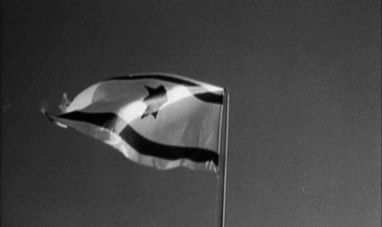

THE BIRTH OF ISRAEL
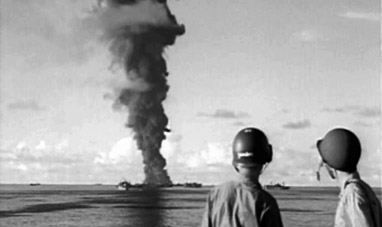

THE OUTBREAK OF WORLD WAR II
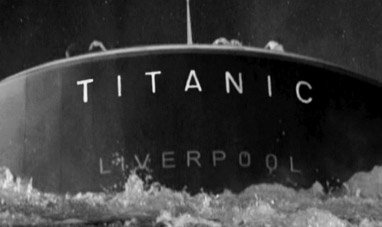

THE SINKING OF THE TITANIC
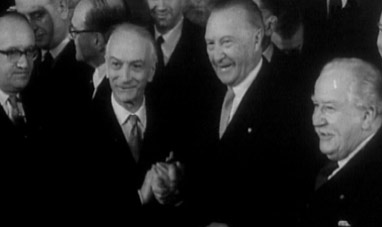

FOUNDING THE EUROPEAN COMMUNITY


NATO (NORTH ATLANTIC TREATY ORGANIZATION)
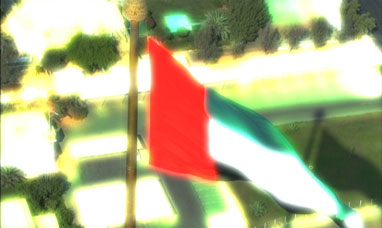

FOUNDING OF UNITED ARAB EMIRATES
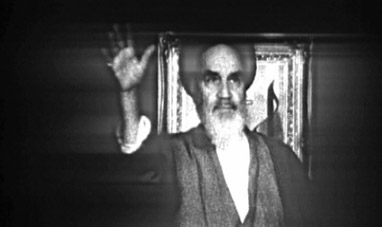

THE IRANIAN REVOLUTION
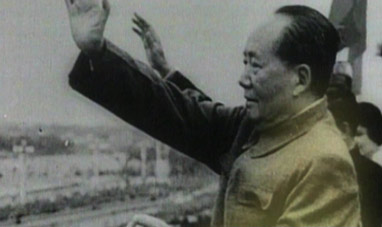

FOUNDING THE PEOPLE'S REPUBLIC OF CHINA
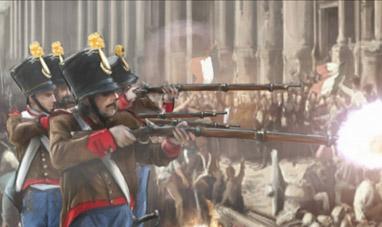

FIRST ITALIAN WAR OF INDEPENDENCE


DISCOVERY OF AMERICA, THE
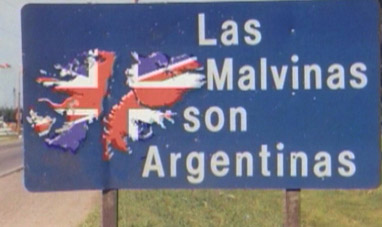

THE FALKLANDS WAR
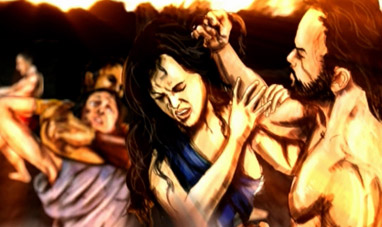

THE RAPE OF THE SABINE WOMEN
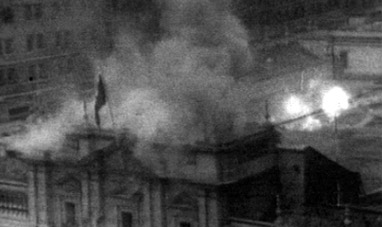

THE 1973 CHILEAN COUP
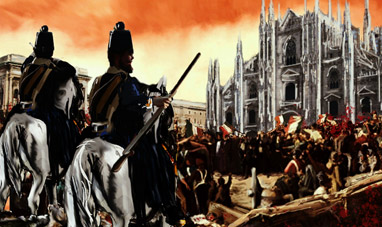

FIVE DAYS OF MILAN


THE SECOND INTIFADA


THE PRAGUE SPRING
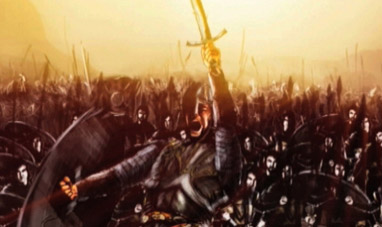

THE BATTLE OF HASTINGS
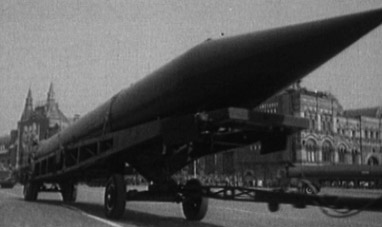

THE CUBAN MISSILE CRISIS


JACK KEROUAC
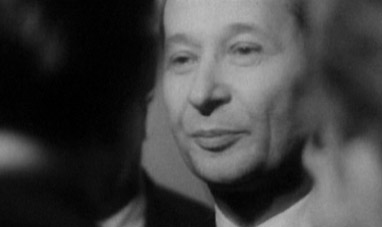

ALEXANDER DUBCEK
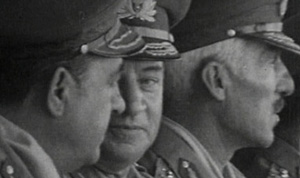

THE GREEK MILITARY COUP
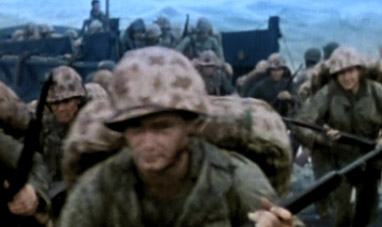

NORMANDY LANDINGS
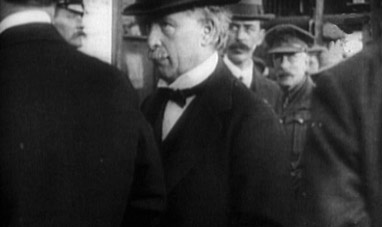

TREATY OF VERSAILLES
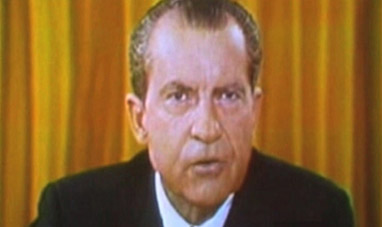

RICHARD NIXON
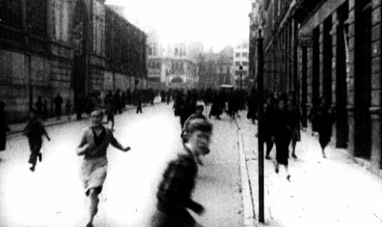

THE SPANISH CIVIL WAR
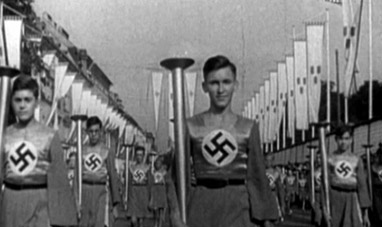

THE ADVENT OF NAZISM
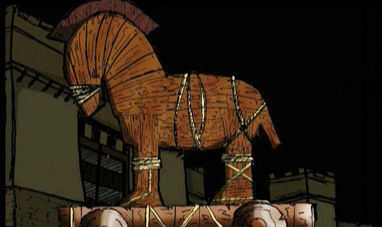

THE TROJAN WAR
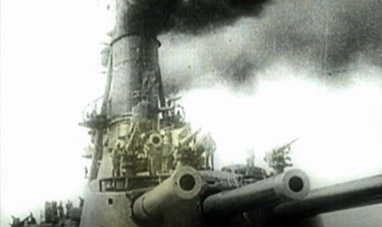

THE OUTBREAK OF WORLD WAR I
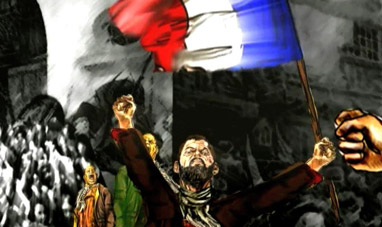

THE FRENCH REVOLUTION


SECOND ITALIAN WAR OF INDEPENDENCE
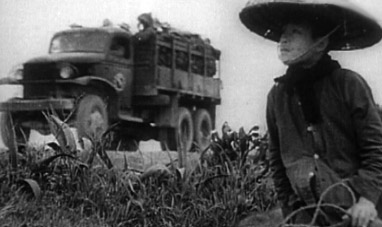

THE VIETNAM WAR
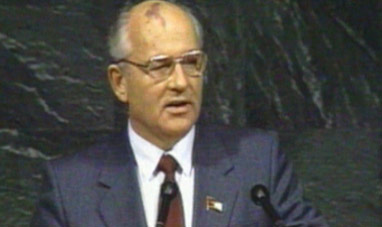

PERESTROIKA


ANDREI ZHDANOV


THE KOSOVO WAR
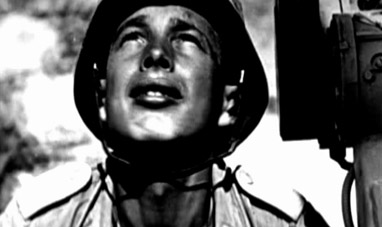

WORLD WAR II
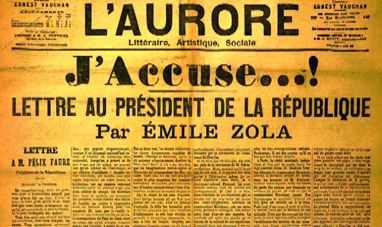

THE DREYFUS AFFAIR
